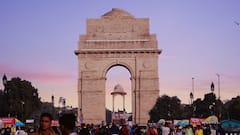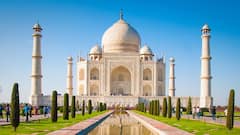Legendary Ancient Places Of India And The Myths That Surround Them
India is home to ancient sites steeped in mythology and legends. These places, hold cultural and spiritual significance, with fascinating stories passed down through generations.

India, a country with diverse cultures and rich history, is home to many ancient sites that not only have beautiful architecture but also fascinating legends and myths associated with them. From unknown temples to ancient cities, these places have stories related to religion, spirituality and legends that have been passed down from generation to generation. Many of these places are believed to be abodes of gods, battlefields or places of divine intervention.
The myths surrounding them are an integral part of India's cultural heritage, drawing pilgrims, tourists, and history enthusiasts alike, all eager to explore the stories and legends that continue to shape the identity of these timeless locations
Here Are Some Of The Ancient Places Of India And The Myths That Are Associated With Them
1. Varanasi, Uttar Pradesh
Varanasi is known as the 'Spiritual Capital of India'. This place, which wa previously known as Kashi, is considered as the oldest continuously inhabited city in the world. Legend has it that it was built by Lord Shiva, who chose the sacred site for its divine power. The city is interwined with muths of life, death, and rebirth. It's believed that those who breathe their last in Kashi, will attain moksh, freeing them from reincarnation. With its ancient ghats, temples, and the sacred Ganga River, Varanasi, remains a majour tourist destination and represents the spiritual heritage of India.
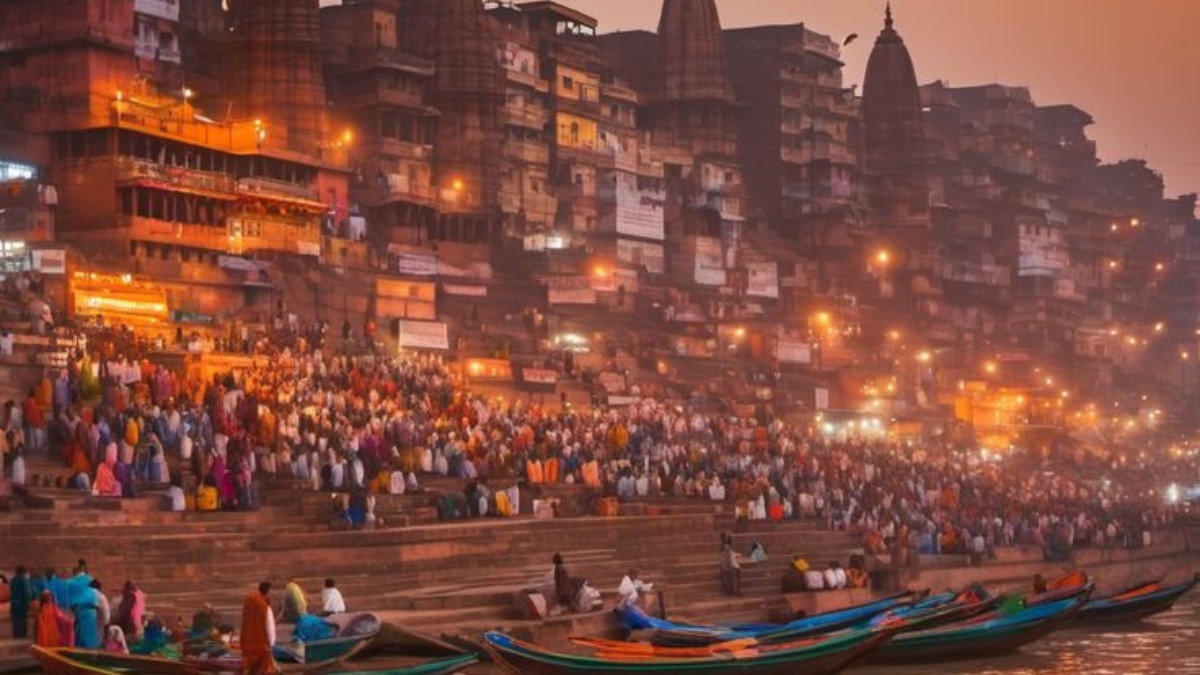
2. Konark Sun Temple, Odisha
The Konark Sun Temple in Odisha is a UNESCO World Heritage Site and is dedicated to the Sun God, Surya. Built in the 13th century, its stunning architecture resembles a huge chariot with intricately carved wheels and horses. According to the legend, the temple was built by the architect Bisu Moharana, who sacrificed his son to ensure the perfection of the temple. The temple also relates to the story of the Sun God falling in love with the beautiful princess, who symbolised love and devotion. Although, the temple is in ruins, it still attracts tourists because of its majestic beauty and rich mythology.
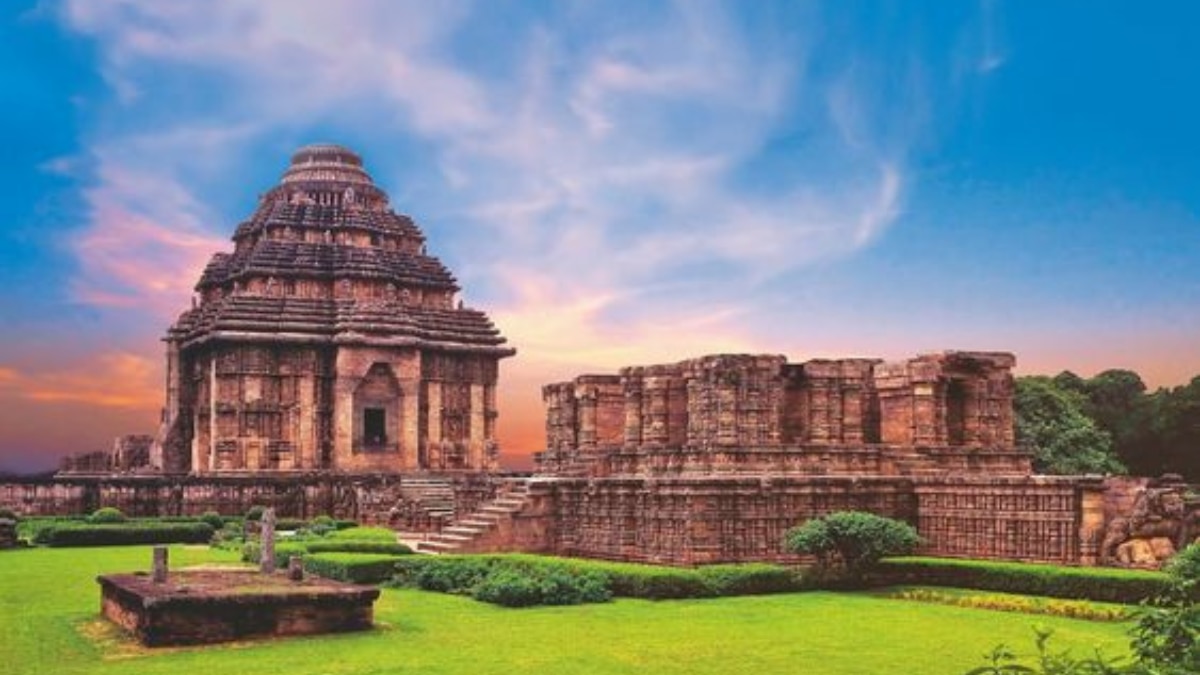
3. Khajuraho Temples, Madhya Pradesh
Madhya Pradesh's Khajuraho Temple is a UNESCO World Heritage Site and is famous for its striking erotic sculptures and intricate carvings. Built by the Chandela dynasty between 9th and 11th centuries, these temples offer harmony between art, spirituality, and human experience. Legend has it that these temples were built by a celestial artist who was amazed by the world and descended to earth to build these temples. Other myth says that they were commissioned by the moon god, Chandra, to celebrate his love for a mortal woman. The temple is a symbol to love, life, and the sacred bond between them.
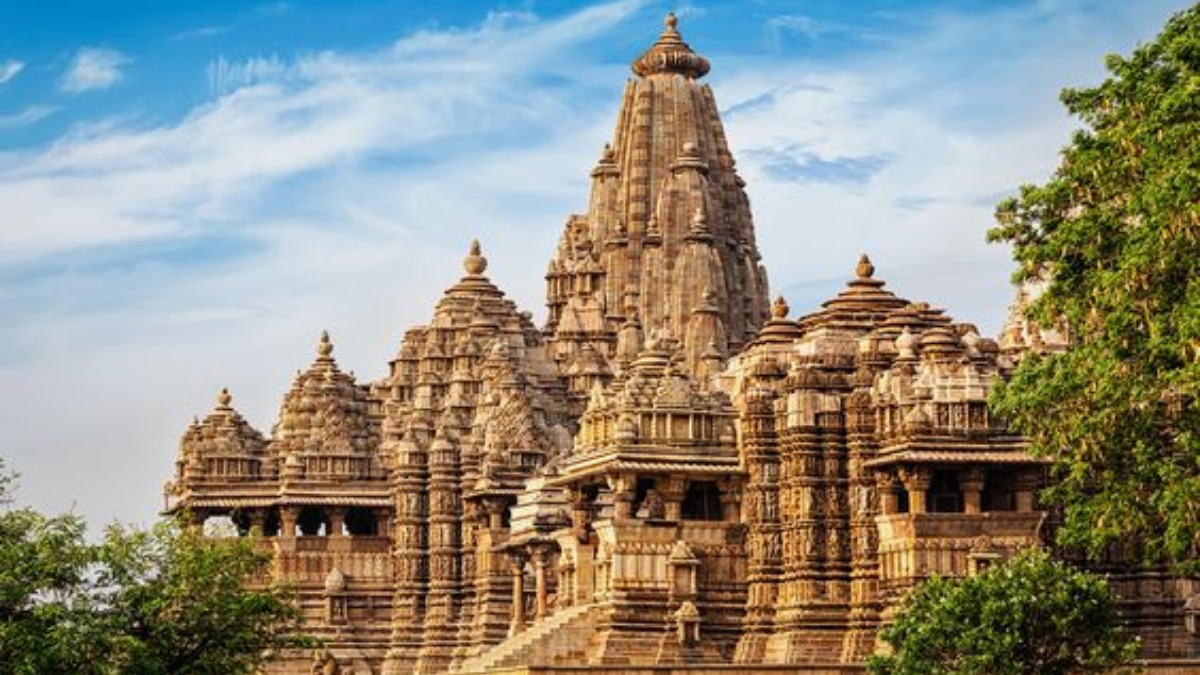
4. Meenakshi Temple, Tamil Nadu
The Meenakshi Temple in Madurai, Tamil Nadu is a unique testimony to Dravidian architecture and spirituality. Dedicated to Goddess Meenakshi, an incarnation of Parvati, and her consort, Lord Shiva, the temple is steeped in mythology. Legend has it that Meenakshi was born with 'fish-like eyes', hence her name meaning, 'theone with fish eyes'. The temple's legend tells about her battle with demons and marriage to Lord Shiva, symbolising the union of the divine feminine and masculine energies. The Meenakshi Temple highlights the importance of Hindu culture and religion.
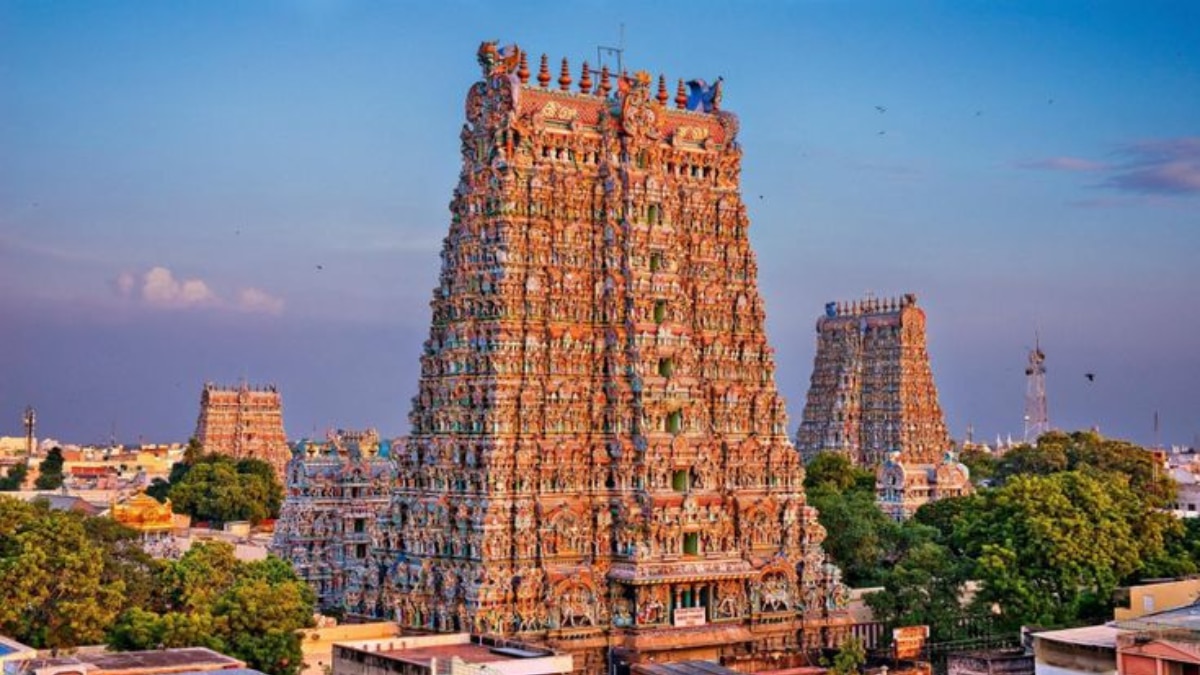
5. Ram Setu, Tamil Nadu
Trending News
Top Headlines


















